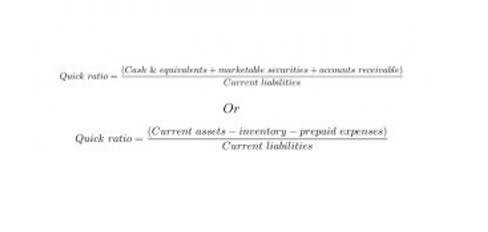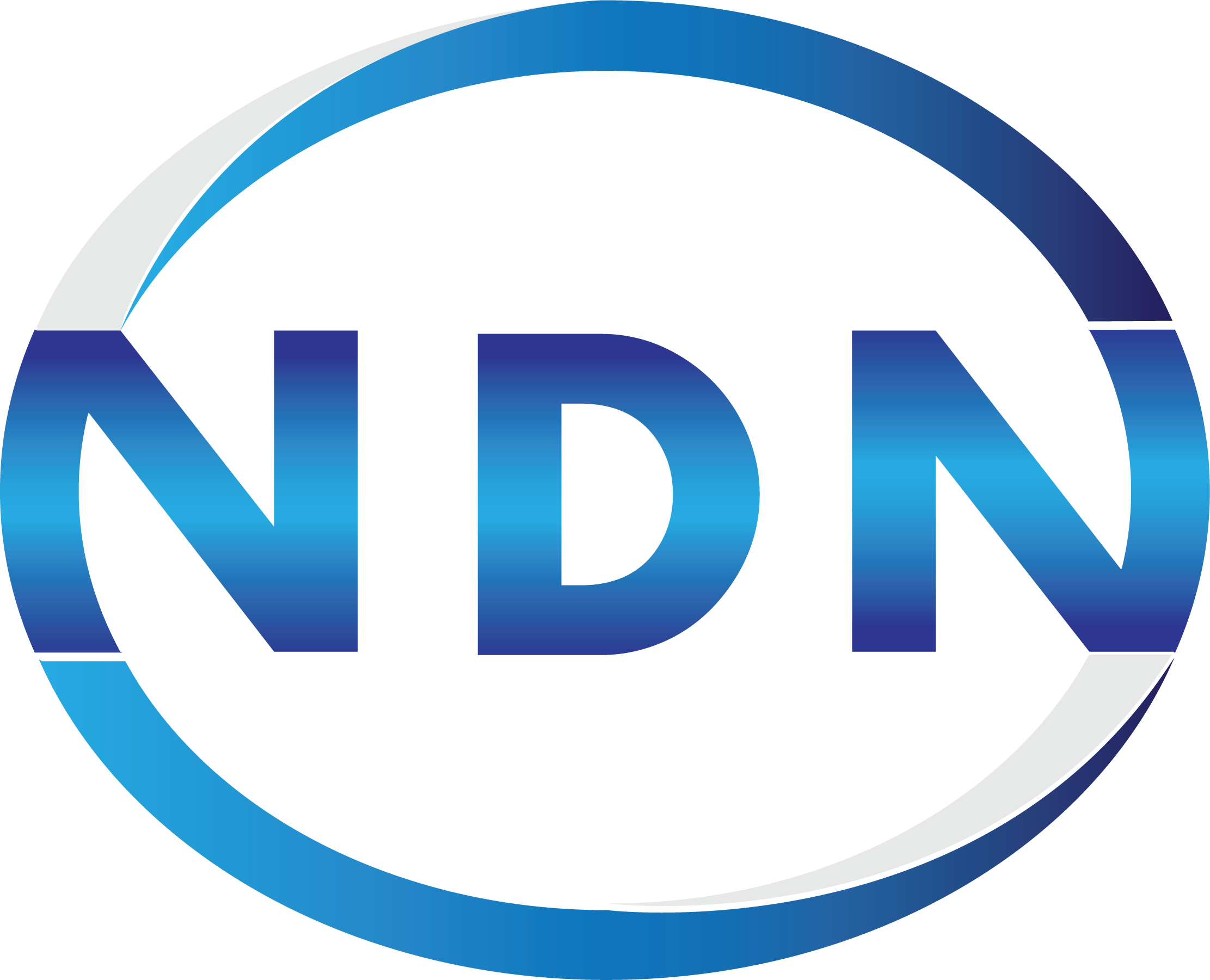
Let’s see in detail what these fundamental rules are and how they work when a business entity maintains and updates its accounting records under a double entry system of accounting. We can illustrate each account type and its corresponding debit and credit effects in the form of an expanded accounting equation. Explore the importance of normal account balances in maintaining precise financial records and their impact on overall fiscal health.
Contra Accounts
- The normal balance of accumulated depreciation is a credit, stemming from its classification as a contra-asset account.
- An increase in a liability account is recorded as a credit, while a decrease is recorded as a debit.
- This means when a business incurs an expense, the corresponding expense account increases through a debit entry.
- Service Revenues include work completed whether or not it was billed.
- In instances where a previously written-off account is collected, a two-step process is followed to record the recovery.
- If a company provides a service and gives the client 30 days in which to pay, the company’s Service Revenues account and Accounts Receivable are affected.
So for example a debit entry to an asset account will increase the asset balance, and a credit entry to a liability account will increase the liability. Each of the accounts in a trial balance extracted from the bookkeeping ledgers will either show a debit or a credit balance. The normal balance of any account is the balance (debit or credit) which you would expect the account have, and is governed by the accounting equation. For instance, if a business pays $1,500 for its monthly office rent, the transaction involves debiting the Rent Expense account for $1,500.

Normal Balances and Their Impact on the Financial Statement
The allowance for doubtful accounts represents management’s estimate of how much of accounts receivable will likely go uncollected. Understand the foundational accounting principle that governs the natural behavior of financial accounts, ensuring accurate and consistent record-keeping. what is normal balance in accounting Accumulated depreciation is displayed on the balance sheet within the asset section.
How to Calculate Depreciation Expense: Straight Line Method
If the customer purchased on credit, a sales allowance will involve a debit to Sales Allowances and a credit to Accounts Receivable. A current asset whose ending balance should report the cost of a merchandiser’s products awaiting to be sold. The inventory of a manufacturer should report the cost of its raw materials, work-in-process, and finished goods. The cost of inventory should include all costs necessary to acquire the items and to get them ready How to Invoice as a Freelancer for sale. Sales are reported in the accounting period in which title to the merchandise was transferred from the seller to the buyer. Accountants and bookkeepers often use T-accounts as a visual aid to see the effect of a transaction or journal entry on the two (or more) accounts involved.
Accounting provides a structured framework for tracking these movements, using a system of debits and credits. Every account type within this system adheres to a “normal balance,” which indicates how increases to that account are recorded. This article explores the concept of normal balances in accounting, specifically focusing on owners’ distributions, to clarify their nature and impact on financial statements. The dual nature of transactions is captured through debits and credits, the two fundamental aspects of double-entry bookkeeping. Debits are entries made on the left side of an account, while credits are recorded on the right. These entries are not indicative of increases or decreases in isolation but are relative to the type of account they are entered in.

Audited Financial Statements for Small Business A Must Have?

Equity accounts, reflecting the owners’ stake in the business, also typically have a credit balance. This includes owner’s capital or retained earnings, which increase with credits. The normal balance of an account refers to the side, either debit or credit, where an increase in that account is recorded and where its balance usually resides.

Debit and Credit
- The relationship between normal balances and the categories of assets, liabilities, and equity ensures that the accounting equation remains in balance.
- Assets, which represent economic resources owned by the business with future economic benefit, have a normal debit balance.
- Still others use it when referring to nonoperating revenues, such as interest income.
- Understanding normal balances ensures the accounting equation—Assets equal Liabilities plus Equity—remains in balance.
- Sales are reported in the accounting period in which title to the merchandise was transferred from the seller to the buyer.
- Understanding the normal balance of an account is fundamental for making sense of financial records.
The terms “credit balance” and “debit balance” are often used interchangeably. A subsidiary ledger is used to keep track of the details for a specific control account within a company’s general ledger. The ledger balance, also called the current balance, is the opening amount of money in any checking account every morning. The ledger balance should remain the same for the duration of the day.
Identifying Normal Balances
They are not https://reparatur.feuerwehr-villach.at/cost-of-living-in-fremont-ca-taxes-housing-more/ considered an operating expense, unlike costs such as salaries or rent. Instead, dividends reduce the portion of equity that belongs to the shareholders. Additionally, the use of analytical procedures can provide insights into the validity of account balances.
Our Review on The Credit One Credit Card
This rule applies consistently across all major account types within the financial system. Assets, Expenses, and Dividends generally have a normal debit balance. Liability accounts increase with credit entries and decrease with debit entries. Therefore, accounts payable carries a normal credit balance, signifying that a credit entry increases the amount a company owes to its suppliers. Equity accounts, representing the owners’ stake in the business, and revenue accounts, reflecting income earned, also increase with credits.

No responses yet